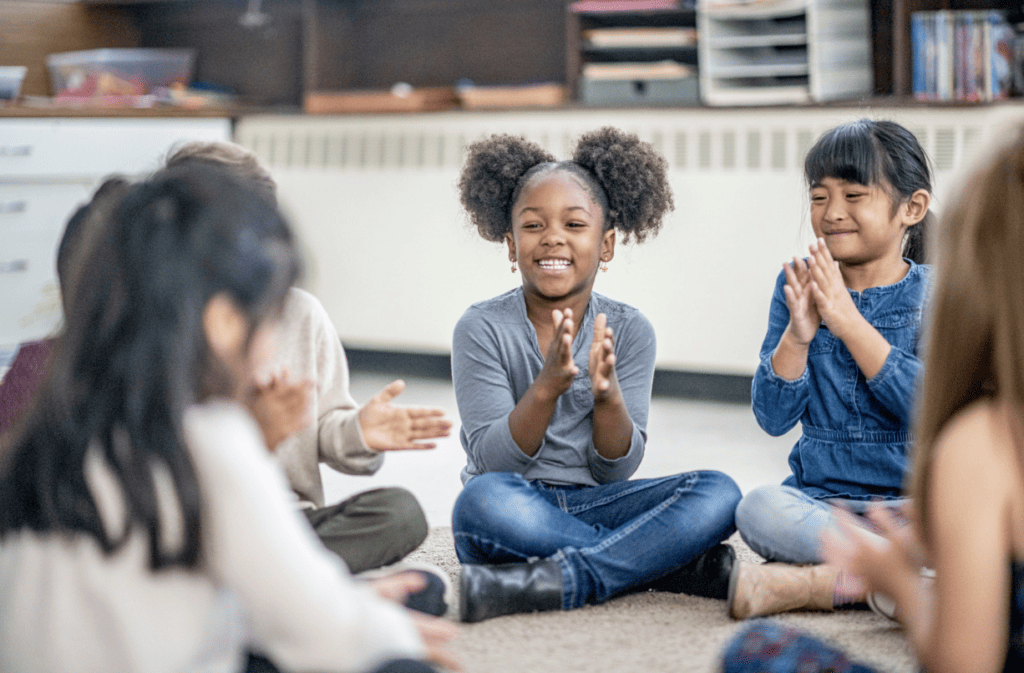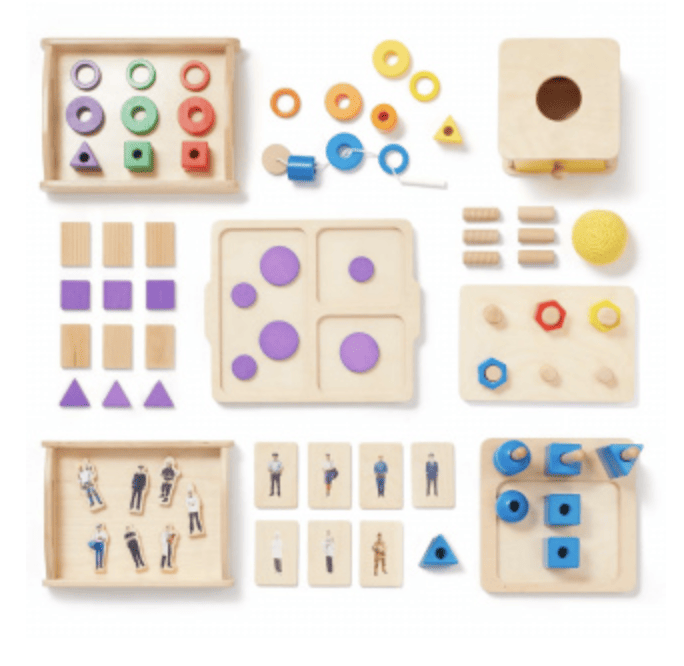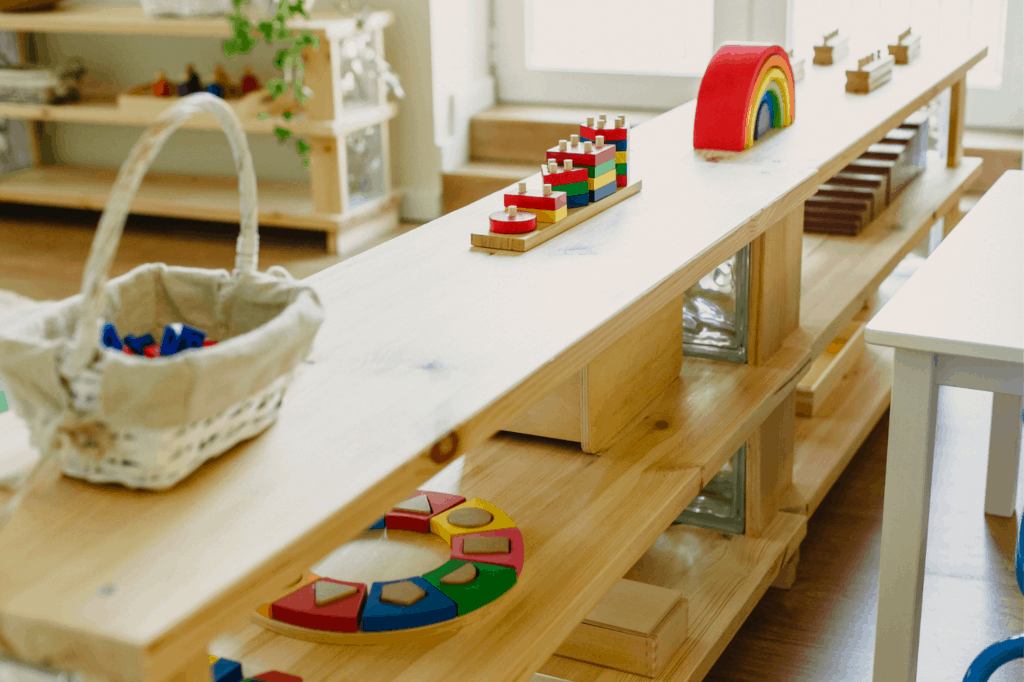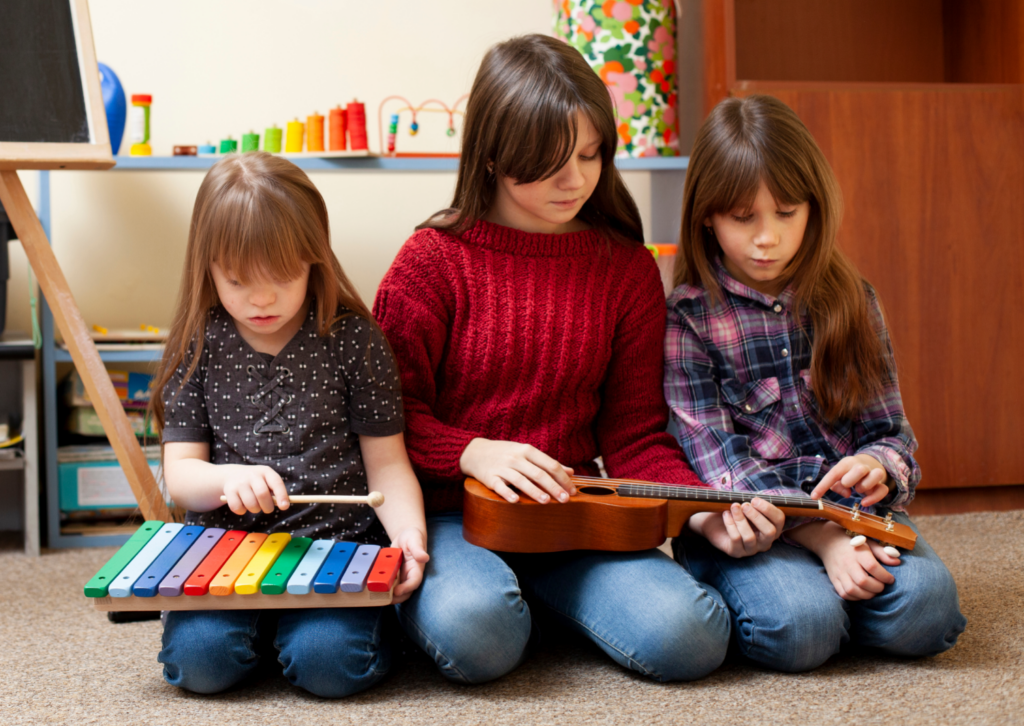Children begin learning from the day they are born, which is why
Montessori schools offer several programs, including Nido, which is the earliest form of
When Maria Montessori created the concept of
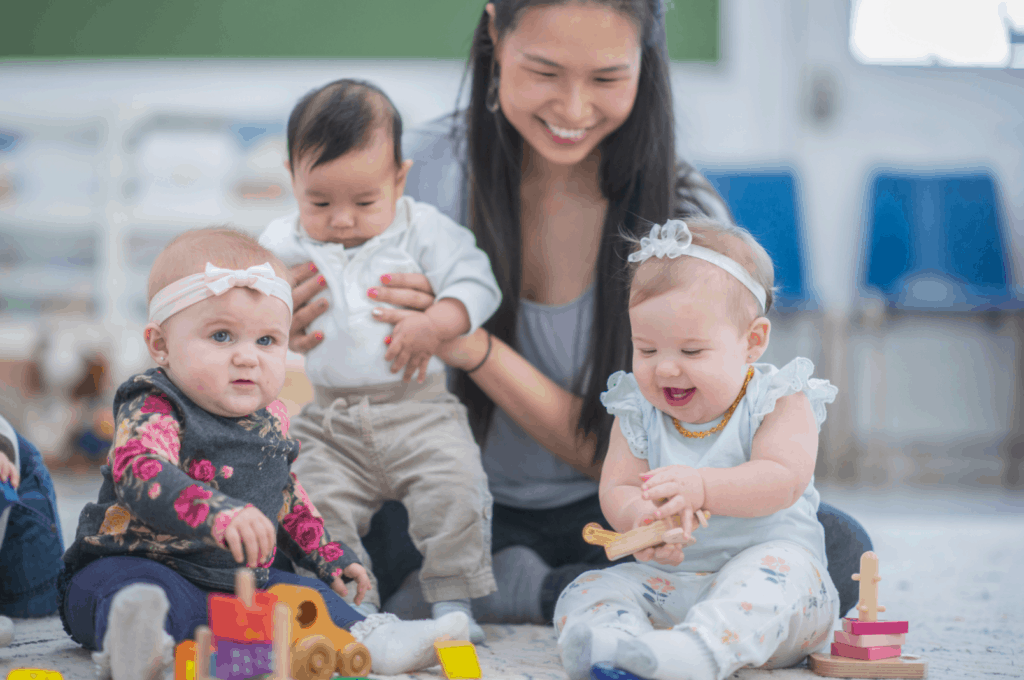
What Does Nido Mean in Montessori ?
Nido was created for the
Nido in
When children enter the Nido environment, it should feel like home to them. The room should always be warm, loving, caring, and, most importantly, full of respect for the children. This area should be safe for the children to move around and be thoroughly clean.
In addition to physical milestones like fine motor skills, gross motor skills, language, hand-eye coordination, and more, it is also a place for children to begin learning life skills. Children will begin the process of feeding themselves. This will also be a safe place for toilet training to begin.
What is the Nido Classroom Like?
As mentioned, the entire purpose behind Nido is to create a warm, home-like environment for babies to explore safely. This setting should be not only calm but inviting for babies. There should be soft rugs, rocking chairs, books on low shelves, and a variety of safe toys in baskets (AMSHQ). Often the decorations will be muted, with soft colors and a peaceful appearance.
All Montessori classrooms are designed to promote independence and build your child’s character. The caregivers should always be present, especially since these children are at a very young age. They should be calm, soft-spoken, and very patient with the children in their care.
An ideal teacher in the Nido classroom should be compassionate and respectful, using eye contact, and getting on your child’s level. Your child should always be addressed by name before they are touched or moved. These individuals should attentively look after the babies that are in their care and should be trained to comfort these young children.
Educational Toys and Gear for the Nido Classroom
When you are choosing a
The toys that are present in the Nido classroom should be readily available for the students who choose to play with them, but there should never be so many toys that the classroom becomes overwhelming.
A minimalistic approach is a major part of
Some additional equipment that you will want to see in the Nido classroom are:
- Equipment that Supports Gross and Fine Motor Skills – low ladders, railings for children who are learning to walk, push toys, etc.
- Child-Sized Furniture – small chairs, tables, bassinets, and safe sleeping areas
- Utensils and Other Tools to Encourage Independence
See also: Montessori for your Infant: Everything you Need to Know and Best Montessori Toys for Babies
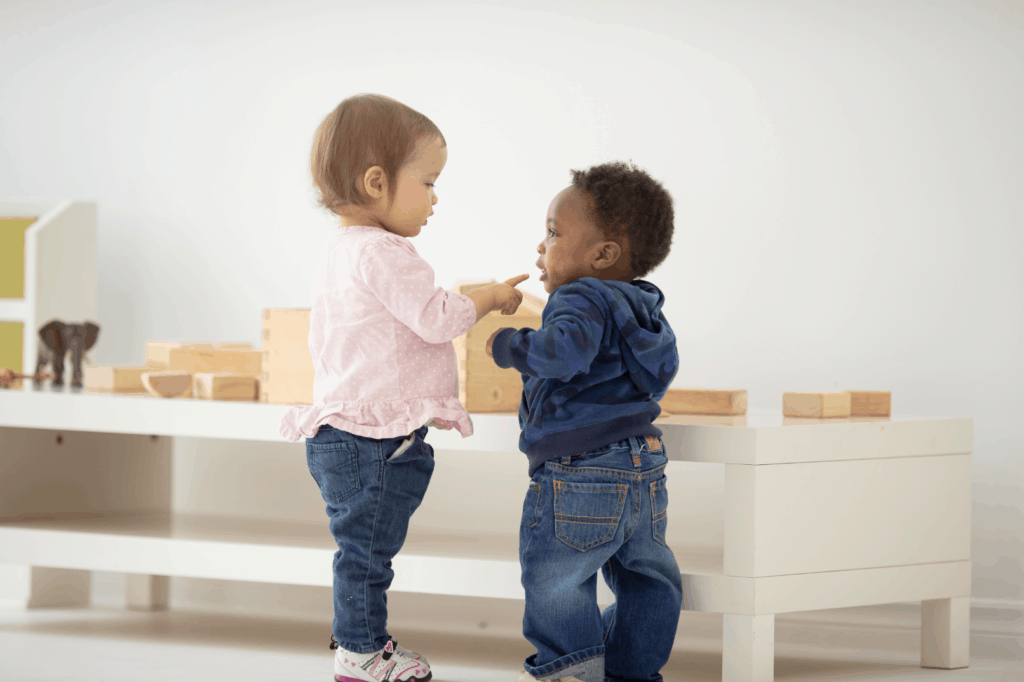
What is Taught in Nido Classrooms?
While we have touched on what is taught in Nido classrooms, one essential thing to remember is that your child is continuing to be challenged and encouraged to reach new milestones.
An adult should always monitor your child and their programs should change to fit their developing needs; based on observation, the teachers should introduce new toys and activities that meet the child’s new interests and continues to encourage learning.
The learning objectives during this age should fit the needs of the natural milestone’s children develop during these first two years. The routines of everyday life are the main foundation of
Some basic activities offered during Nido are:
- Fine motor skill development through picking up objects, using tools, doing artwork, and using utensils
- Large motor activities both indoor and outdoor such as walking, climbing, running, jumping, and climbing stairs
- Self-help skills like cleaning areas, food preparation, plant care, and animal care
- Social skills such as developing manners, interacting with peers, and small group games
- Language development through naming objects, describing actions, discussing pictures, conversations, and music
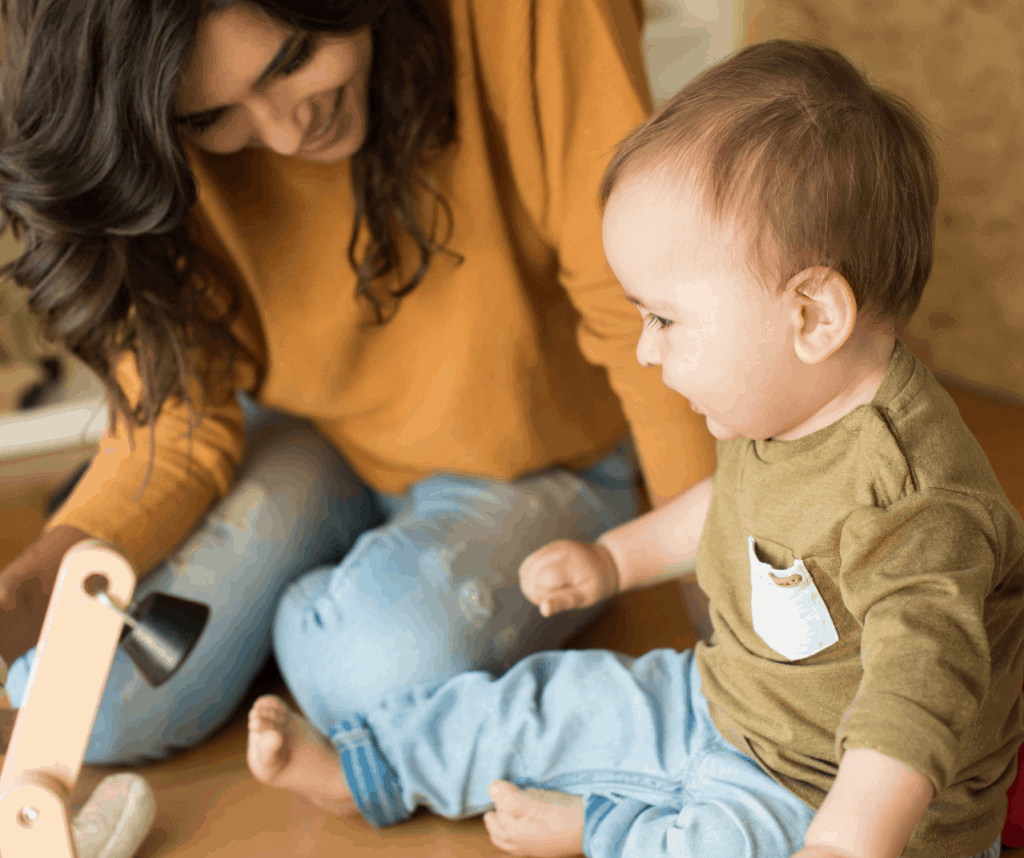
Sample Nido Class Schedule and Activities
Each
Quality Montessori schools will provide you with a list of activities that your child worked on that day, foods or bottles that they ate or drank, sleep information, along with any other information about the day.
A sample schedule that many
- Children Arrive – This usually happens in the early morning.
- Breakfast
- Work Period – This will include the use of developmental toys for encouraging the use of motor skills, language development, movement, concentration, and other important milestones.
- Morning Nap – Most children in Nido will still nap, but those who do not may do other work activities.
- Lunch – Often, after a nap, lunch will be offered to students or bottles for younger babies. After eating, students are encouraged to clean up their messes to promote independence.
- Additional Work Period (Snacks are usually provided during this time.)
- End of Day – Depending on when the center closes, pickup will be arranged.
Some
Of course, you will want to inquire about their diaper changing schedule and bottle-feeding schedule as well. Most children in Nido will not be toilet trained, so these programs will follow a two-hour changing schedule or on an as-needed basis.
You will also want to inquire about the foods that are offered, ensuring they meet your child’s nutritional needs and whether these are provided, or you must bring them from home.
Final Things to Keep in Mind About Nido
You will want to ensure that your child is getting the best, safest, and most engaging learning experience possible while in the Nido classroom. These programs should offer a variety of activities, including outdoor learning time, should the weather be appropriate. Often, these programs will have regular music time, art opportunities, and a variety of other learning options.
One thing that is important to keep in mind is that you are always welcome in the classroom. Since the students in Nido are younger, many parents visit the classroom to breastfeed, which should be welcome. Also, most of these classrooms have times set out for parents to stop by during work periods, so that they can check on their child and experience the classroom firsthand.
See also: Montessori for your Infant: Everything you Need to Know and Best Montessori Toys for Babies



